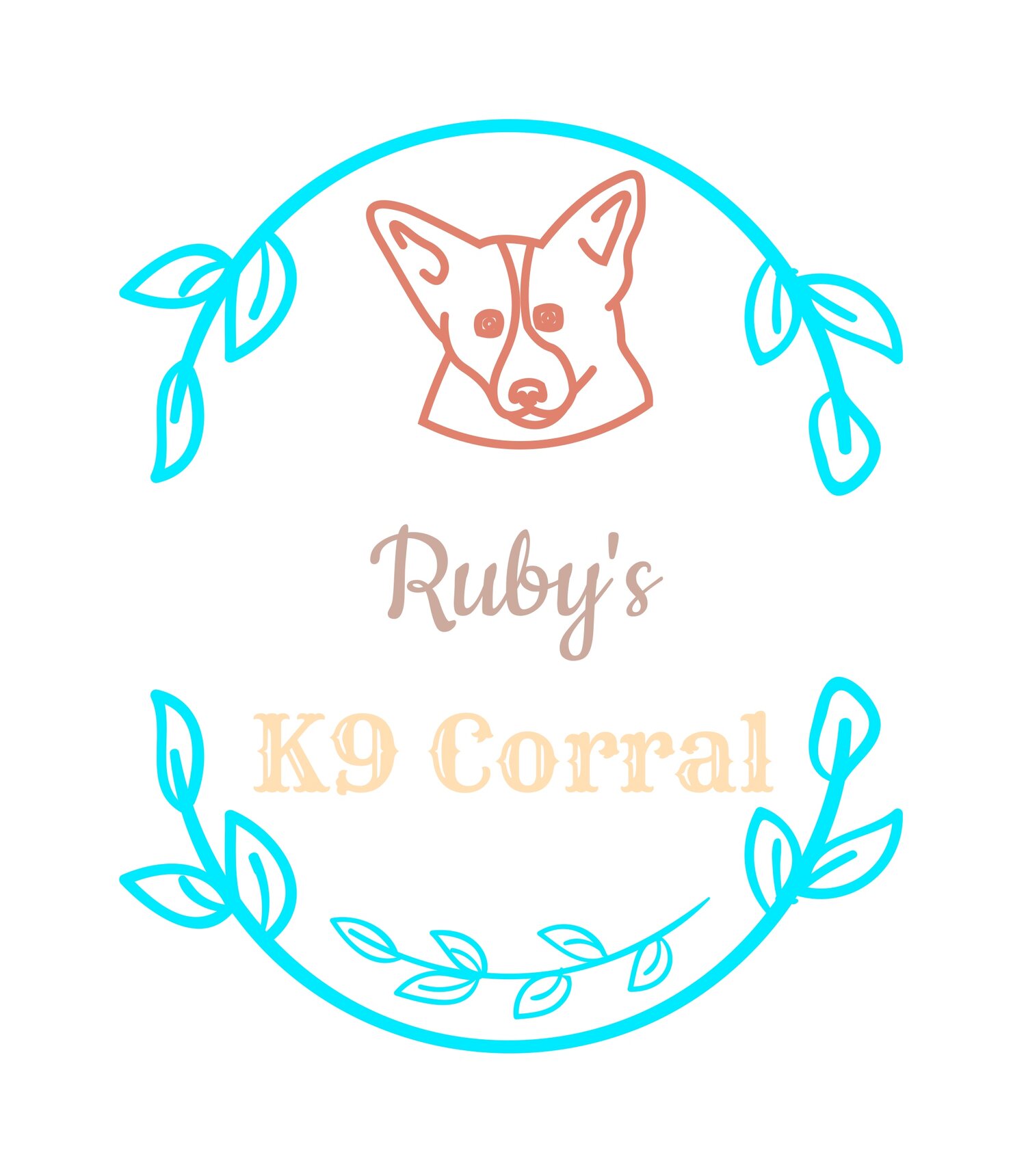Understanding Teething in Puppies and How to Help Them
Welcoming a new puppy into your home is a joyous experience, but it also comes with its set of challenges, including dealing with teething. Just like human babies, puppies go through a teething phase that can be uncomfortable for them and, at times, challenging for you. In this blog post, we’ll educate you about the teething process in puppies and provide some effective strategies to help them through it.
**What is Teething and When Does it Start?**
Teething is the process by which puppies lose their baby teeth and their adult teeth come in. This usually begins around 3 to 4 months of age and can continue until they are about 6 to 8 months old. During this period, puppies may experience discomfort, which often results in chewing on various objects to relieve the pain.
**Signs Your Puppy is Teething**
- Increased Biting and Chewing: Puppies will chew on almost anything to alleviate their discomfort.
- Drooling: Some puppies may drool more than usual.
- Irritability: Your puppy might seem a bit grumpy or restless.
- Swollen Gums: Check for red and swollen gums, which are common during teething.
- Missing Teeth: You might find baby teeth around the house or notice gaps in your puppy's mouth where teeth have fallen out.
**How to Help Your Teething Puppy**
1. Provide Teething Toys:
- Offer a variety of teething toys designed specifically for puppies. These toys are made of flexible materials that are gentle on their gums.
- Toys with different textures can provide soothing relief and keep them entertained.
2. Cold Chews:
- Freeze a wet washcloth and allow your puppy to chew on it. The cold can help soothe their gums and reduce inflammation.
- Some stores sell freezable teething toys that are designed for puppies. Pop them in the freezer for a couple of hours and let your puppy chew away.
3. Edible Chews:
- Offer safe and digestible chews designed for puppies, such as rawhide alternatives or dental chews. These can help alleviate pain and promote dental health.
- Avoid hard bones or chews that could break your puppy's teeth or cause choking.
4. Interactive Play:
- Engage your puppy with interactive play to distract them from the discomfort. This can also help tire them out, making them less likely to chew on inappropriate items.
- Use toys that involve tugging or fetching to keep their mind off teething.
5. Gentle Gum Massage:
- You can gently massage your puppy's gums with a clean finger or a soft, damp cloth. This can provide some relief and promote healthy blood flow to the gums.
6. Puppy-Proof Your Home:
- Make sure to puppy-proof your home by removing or securing items that you don’t want chewed, such as electrical cords, shoes, and furniture.
- Create a safe space for your puppy where they have access to appropriate chew toys and are less likely to encounter off-limits items.
7. Monitor Their Health:
- Keep an eye on your puppy’s weight and overall health. If they seem excessively uncomfortable, are not eating, or have other health issues, consult your veterinarian.
- Regular vet check-ups during the teething phase can ensure there are no complications.
**The Importance of Patience and Training**
Teething is a natural part of your puppy's development, and it's important to approach it with patience. This phase is temporary, and with proper care and training, your puppy will grow out of it with healthy adult teeth and good chewing habits. Consistently reward them for chewing on appropriate items and gently correct them when they chew on something they shouldn't.
Teething can be a challenging time for both puppies and their owners, but with the right strategies and tools, you can help your puppy navigate this phase comfortably. Always remember to provide plenty of appropriate chew toys, engage in interactive play, and maintain a safe environment for your furry friend. By doing so, you'll not only alleviate their discomfort but also set them up for a lifetime of good dental health.
At Ruby's K9 Corral, we’re dedicated to helping you and your puppy through every stage of their development. Feel free to reach out to us for more tips and guidance on puppy care!
We hope you find these tips helpful! If you have any questions or need further assistance, don’t hesitate to contact us at Ruby’s K9 Corral. Your puppy’s well-being is our top priority!
